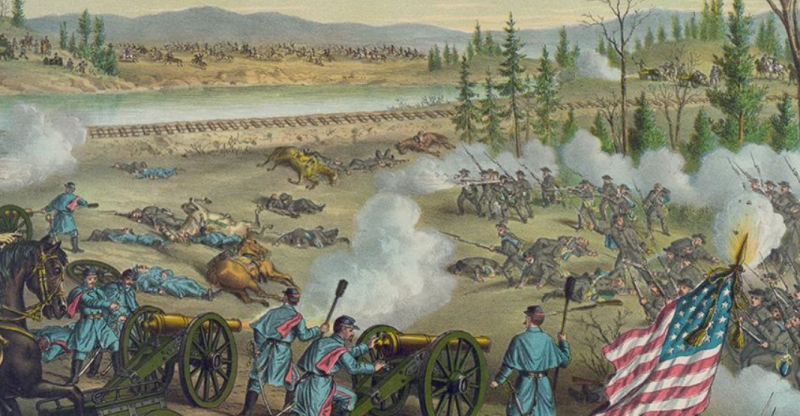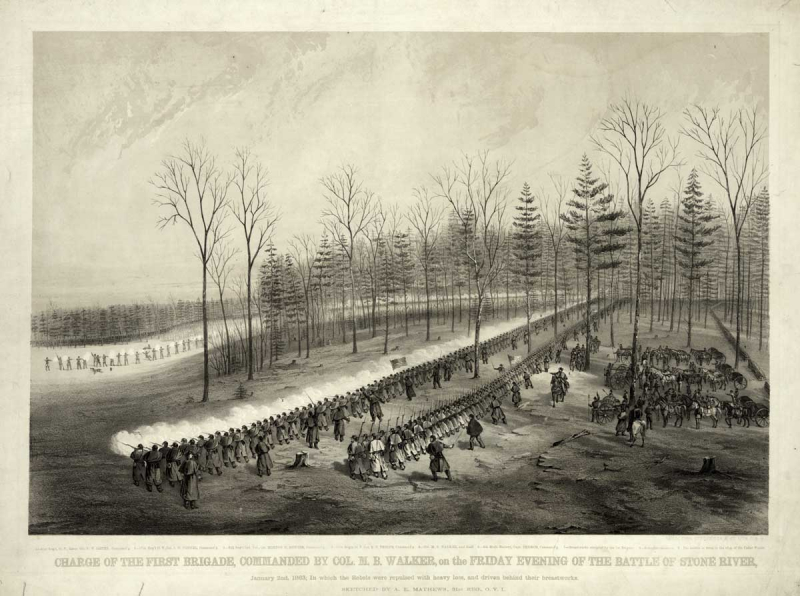The Battle of Stones River was a tactical tie, but a strategic success for the Union
One of the most interesting facts about the battle of Stones River is that the Battle of Stones River was a tactical tie, but a strategic success for the Union. Bragg's refusal to renew the Confederate assault on January 1 allowed Rosecrans to fortify his position and obtain reinforcements. To be fair, if Bragg had launched his attack on New Year's Day, there was no guarantee of victory. His battle strategy had accomplished its objectives but not its goal, and the Union army remained in a strong defensive posture. After the failed charge on January 2, Bragg concluded he couldn't win another battle against Rosecrans's reorganized force and chose to retire back to Tullahoma, Tennessee.
The battle was a draw since neither side had swept the other off the field. However, in the weeks that followed, it began to resemble a Union win. The relatively beneficial outcome of Bragg's unforced withdrawal boosted Northern morale, shifted foreign opinion against the Confederacy, and consolidated the Federal hold on Tennessee. Meanwhile, Bragg abandoned 10,000 irreplaceable veterans in the bitter cedar woodlands and became the subject of mockery from his lieutenants while cooped up in Tullahoma for months.








